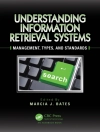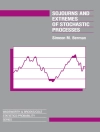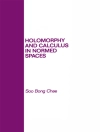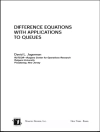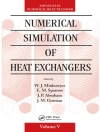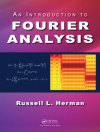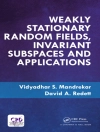Logic networks and automata are facets of digital systems. The change of the design of logic networks from skills and art into a scientific discipline was possible by the development of the underlying mathematical theory called the Switching Theory. The fundamentals of this theory come from the attempts towards an algebraic description of laws of thoughts presented in the works by George J. Boole and the works on logic by Augustus De Morgan. As often the case in engineering, when the importance of a problem and the need for solving it reach certain limits, the solutions are searched by many scholars in different parts of the word, simultaneously or at about the same time, however, quite independently and often unaware of the work by other scholars. The formulation and rise of Switching Theory is such an example. This book presents a brief account of the developments of Switching Theory and highlights some less known facts in the history of it. The readers will find the book a fresh look into the development of the field revealing how difficult it has been to arrive at many of the concepts that we now consider obvious . Researchers in the history or philosophy of computing will find this book a valuable source of information that complements the standard presentations of the topic.
Jaakko Astola & Radomir S. Stankovic
From Boolean Logic to Switching Circuits and Automata [PDF ebook]
Towards Modern Information Technology
From Boolean Logic to Switching Circuits and Automata [PDF ebook]
Towards Modern Information Technology
Mua cuốn sách điện tử này và nhận thêm 1 cuốn MIỄN PHÍ!
Ngôn ngữ Anh ● định dạng PDF ● ISBN 9783642116827 ● Nhà xuất bản Springer Berlin Heidelberg ● Được phát hành 2011 ● Có thể tải xuống 3 lần ● Tiền tệ EUR ● TÔI 6321168 ● Sao chép bảo vệ Adobe DRM
Yêu cầu trình đọc ebook có khả năng DRM


